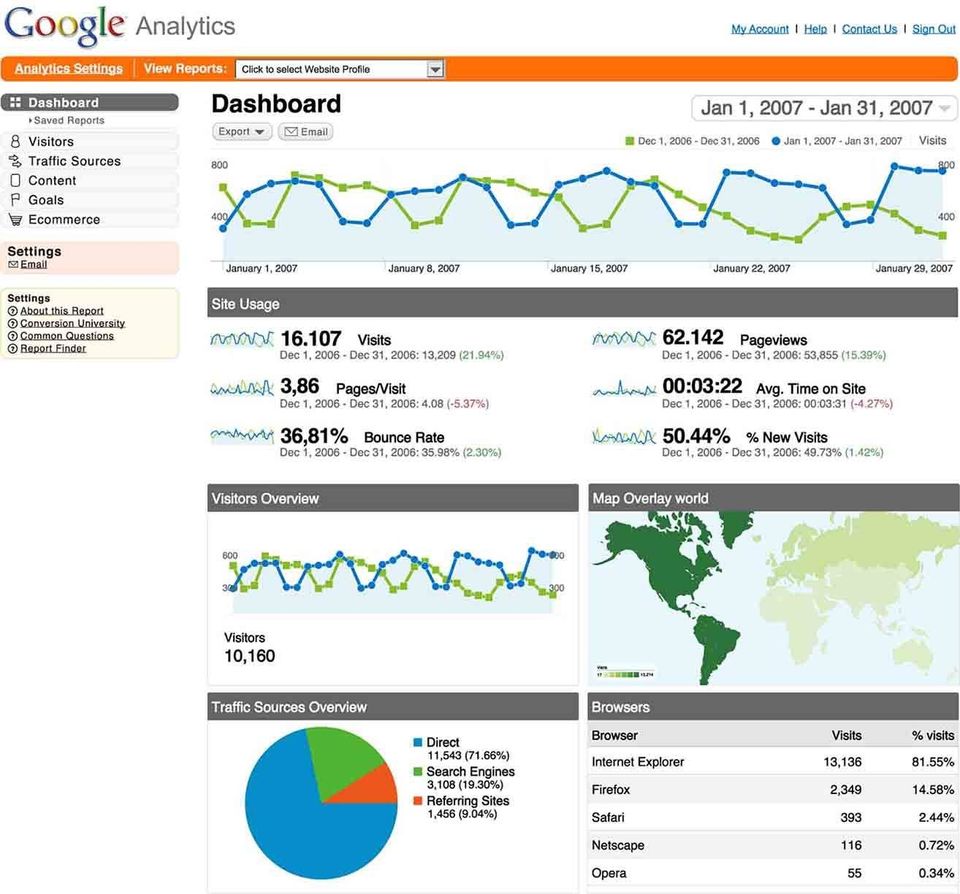Innovation: What People Need and How To Find It
Website Editor • February 26, 2020
As a marketer, business person, or artist you need to be innovative in order to stand out from the crowd, get new customers, and convince those customers to return in the future. But, what actually is innovation? It’s a word tossed around a lot but not defined very much.
In simple terms, it’s the ability to see, understand, and act on what others miss. Nick Skillicorn believes that innovation is, “turning an idea into a solution that adds value from a customer’s perspective.” Gijs Van Wulfen will tell you that innovation is, “a feasible relevant offering such as a product, service, process, or experience with a viable business model that is perceived as new, and is adopted by customers.” From these definitions we can see that innovation is something new and useful that sets you apart. Bringing it with you wherever you go means you can sketch whenever you want. This record of your work is a good motivator as you assess how your skills develop over time. So how do you become innovative? How can you find solutions for your customers that they will adopt quickly, and love you for? The key step is figuring out what your customers need and are searching for, then all you have to do is service that need.

How Do You Figure Out What People Need?
Figuring out what your customers need could be something they are already asking for or something they didn’t know they needed. It’s easier said than done. So, how do you go about doing this?
1. Talk to your customers. You can use comment cards or email follow ups to ask your customers what problems they are having that you can solve. If you run a face-to-face business, ask them directly. Develop reward systems for their feedback.
2. Get technical. You can use Google Analytics in conjunction with your website to see what search terms bring your customers to your site. You can then use those popular terms to research what else those kinds of people are searching for. Drawing conclusions based on these search terms can help you anticipate your consumers needs.
3. Observe feedback. Read comments on your website, social media, and review sites. Your customers may love you, but a few may state what would really set you apart from the competition in their eyes. Maybe many people complain about the same little things. How can you overcome those flaws in a creative way that will stay with your customers long after the interaction is over?
4. Consider other companies. Look at what the competition is doing. Perhaps there is a business or company that does the same thing you do, but they give customers a free gift when they purchase a specific product or spend a certain amount of money. Maybe they have a popular rewards program or some other value-adding customer interaction tool. Adopt a similar idea but try to find ways to increase the value. Look at the customers you deal with as a consumer. What do you really appreciate, and what do you value about working with them?
5. Know who your customers are. There are probably things you can offer your customers that they don’t even know they need. You can discover these needs by studying the people who are most likely to work with you. For example, if most of your clientele are small business owners who are just starting out, it may be a good idea to offer them resources they could find useful like an ebook or webinar.
Scriba is a revolutionary digital stylus that is ergonomically designed to comfortably fit your hand and uses unique Squeeze-Motion technology. Order here.
Articles

The United Nations has described the disruption to education caused by the pandemic as ‘unparalleled’. At the virus’ worldwide peak in April, it is estimated that over 90% of all enrolled learners, from kindergarten to bachelors and beyond, had their education affected by school closures and the pandemic (UNESCO). For many university students and older children, they have had to adapt quickly to online learning. They can keep in touch with their peers and teachers online and continue their studies, albeit in a highly modified way. As challenging as this may be, this experience will help equip them for a future that is increasingly online. For parents of younger children, they are assuming a new role: their child’s home school teacher. This is in addition to their usual childcare and household duties, their work responsibilities and often emotional and financial worries caused by the pandemic. Stressful? Yes. The good, and somewhat surprising, news? The experts advise that you don’t teach your children - at least not in the way you might expect.

If the recent outbreak of Covid-19 has taught us anything, it's that many adults do not wash their hands effectively. It has never been more important that we support our children to develop good personal hygiene to keep themselves and our families safe. This seemingly easy task can be very difficult for children with fine motor skill difficulties. In this article, we explore some ideas to support your child with hand washing.

Lockdown has brought the digital future into the now. Online shopping, entertainment, education and more have moved from the periphery to the mainstream to, in many cases, the only option. With the necessity of social distancing looking to continue for many months, it appears that this rapid digital revolution is here to stay. This means that life as we know it, in most of its sectors, has changed forever. In order to survive, businesses are having to adapt rapidly, embrace technology and look to the future. Architecture is no exception. There has been a widespread adoption of technology and VR over the past few months in response to the lockdown across all of society. Elderly grandparents who were once resistant to adopt new technologies talk of “Zooming” and have started video chatting with their family members to combat loneliness. Art galleries that were once considered stuffy or pretentious are now pioneers in VR technology, with Google Art & Culture offering tours of London’s National Gallery or the Musee D’Orsay in Paris. These virtual tours deliver art in a dynamic new way that can be far more engaging than regular photos. Critics have applauded the panoramic and immersive views of gallery building and exhibitions which work well for rendering of 2 dimensional art, however impressions of sculpture is somewhat lacklustre. With VR technology, users can enjoy a truly immersive experience in the comforts, and safety, of their own home. The COVID-19 pandemic has served as an accelerant for the arts and entertainment industries to embrace VR.




